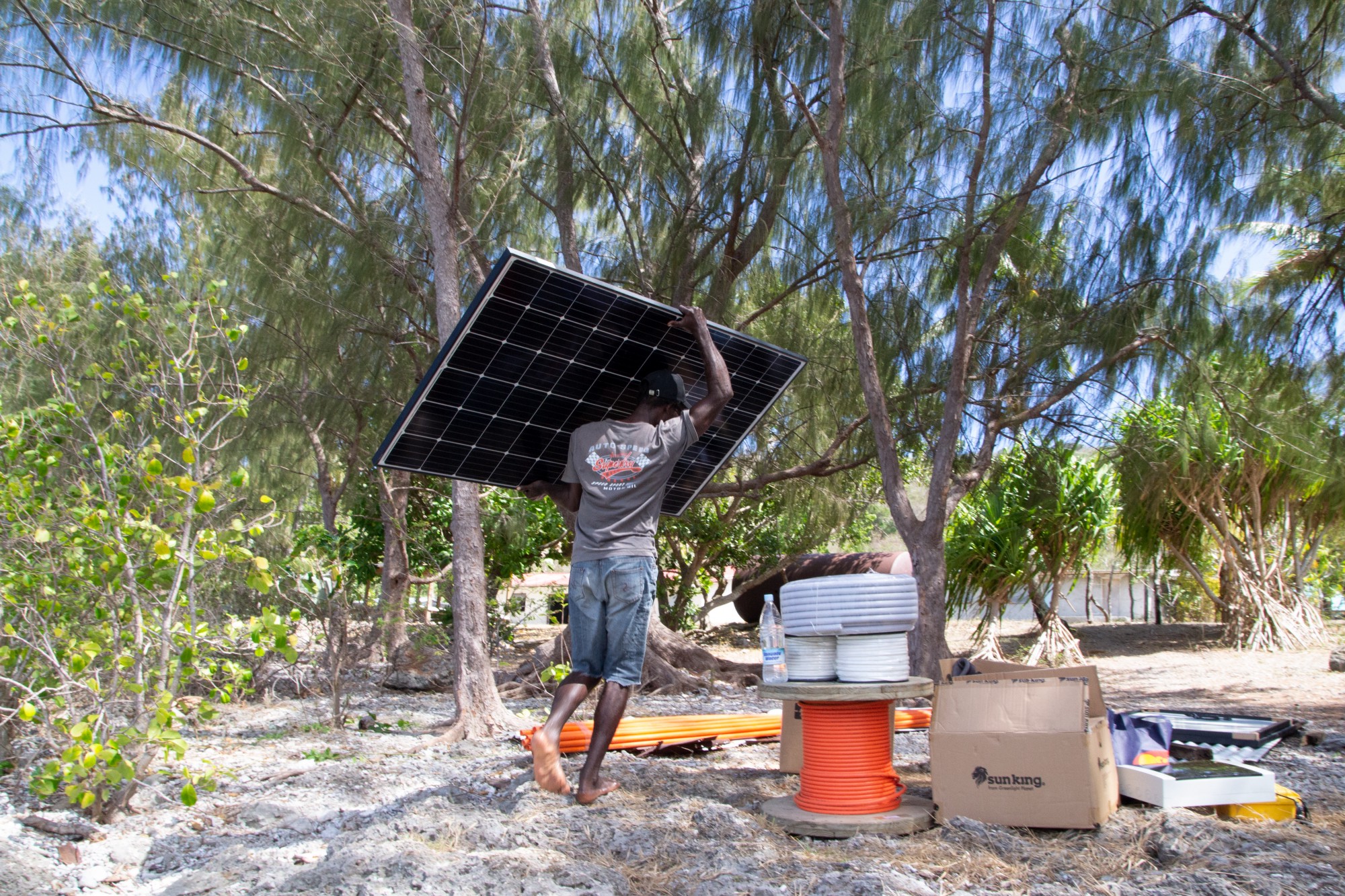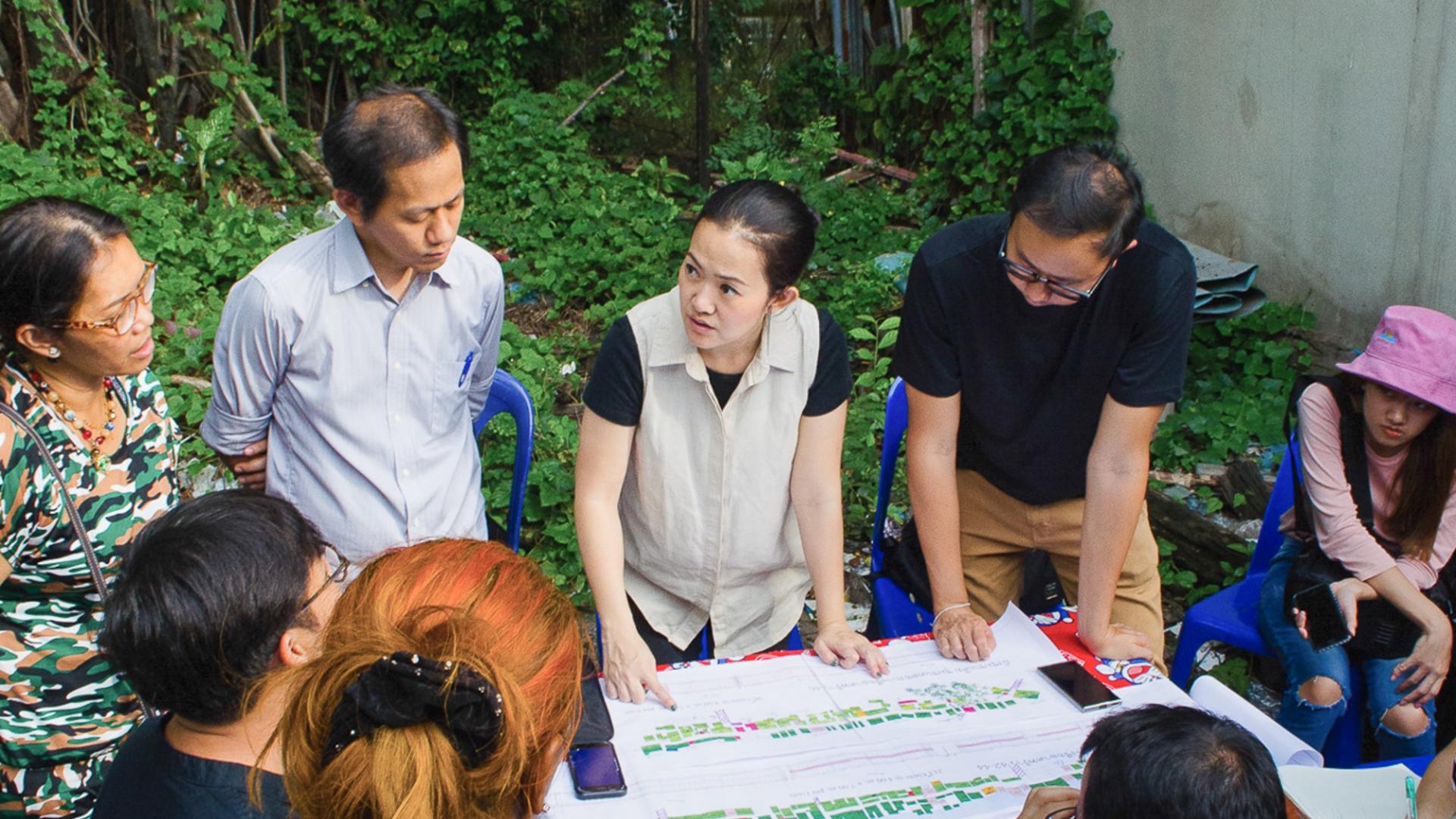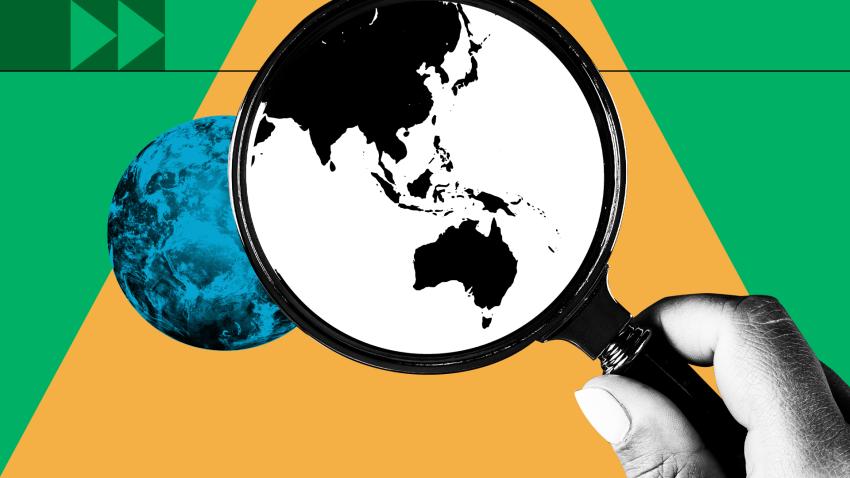People across Asia and the Pacific are convening virtually this week to take the pulse of climate action, explore possibilities for action and showcase ambitious solutions. They will spotlight all that can be done in the region to slow rising temperatures and keep a livable planet. Leading up to pivotal global climate talks at COP26 in Glasgow, attention and action are more critical than ever.
Check here for more information and a link to register. See an overview of action on climate adaptation in the region, in words and pictures, and find out where the region is on climate-related SDG targets. Read a perspective on why Asia’s climate actions will be felt by the entire planet.
Across Asia and the Pacific, 63 percent of people consider climate change a major “global emergency” and want more action from their leaders. Find out what youth have to say in mobilizing for climate action. Plus see seven takeaways from a novel meeting between national policymakers and local climate activists, like deeper partnerships premised on local people as agents of change.
Want to explore more? Click through some suggested links on this page.
The solutions
People all over the region are applying their ingenuity to climate problems – and coming up with solutions. They show what’s possible, affordable and desirable to keep climate action on track in line with the Paris Agreement. In many cases, climate action produces a ripple effect with many other benefits, like more jobs, higher incomes, increased access to energy and gender equality.
Solar power has come to remote, poor villages in Lao People’s Democratic Republic, bringing light along with improved services and livelihoods.
Small island countries like Samoa and Vanuatu are innovating big to end dependence on imported and polluting fossil fuels. The Maldives has rolled out greener energy systems on 41 islands with more to come.

Follow the journey of one of India’s largest IT companies towards carbon neutrality. Australia’s biggest university is intent on “deep decarbonization”.
In China, 500 million people have turned to a popular app to record what they do to cut emissions. The result: 100 million trees have been planted. Plus 400,000 jobs have been created along the way.
What difference does it make to plant mangroves? Pakistan has protected fragile coastal communities and gained recognition from the Guinness Book of World Records.
Asia and the Pacific is the world’s most undernourished region; climate change promises to escalate pressures on food systems. To adapt, Kiribati is taking steps to reverse declines in coastal ecosystems and protect fisheries. China is developing new strains of rice that can thrive despite climate change.
Sri Lanka is dealing with water scarcity through an ancient and sophisticated network of cascading water tanks aligned with natural topography and watersheds.
With rapid urbanization presenting climate challenges and opportunities, find out how Thailand is turning to nature to improve the resilience and livability of cities. Plus a new report explores innovations in urban planning and governance.

As a low-lying island, Tuvalu faces imminent existential threats from sea-level rise, so people there are coming together to define practical solutions to protect themselves. Learn more about ocean-related security challenges in the Pacific and tune in to a recent regional dialogue on climate change migration.
With gender discrimination still leaving many women across Asia and the Pacific more vulnerable to climate change and with fewer resources to adapt, a recent report explores the climate-gender connections and offers ideas on how to take climate action that upholds rights and supports equality.
In the Republic of Korea, through the Hope to the Future Association, 7,000 youth have mobilized to reduce plastic waste, find climate solutions and achieve the Sustainable Development Goals.
Finally, meet the winners of the Low Carbon Lifestyles Challenge, young entrepreneurs with big plans to jumpstart the circular economy.
The data
Want to dive deep into climate data on the region? Check historical and projected climate data by country on the World Bank’s Climate Change Knowledge Portal.
See how the Asian Development Bank adds up the numbers for a green recovery.
Action plans and agreements
The Paris Agreement affirms global consensus on climate action. Keep an eye on what countries in the region are doing to get to net-zero emissions in line with the Paris goal of limiting temperature rise to no more than 1.5 degrees Celsius.
A big push is on to translate Paris commitments into action through national climate plans known as Nationally Determined Contributions. See a recent summary report on the NDCs in Asia and the Pacific and explore some good practices. New guidance backs accelerated implementation of Paris commitments.
Bhutan is intent on emphasizing links to gender across its NDC.
India has initiated a reboot of how it tracks its development by calculating nature’s contribution to the economy. So has Papua New Guinea. Indonesia is turning to Islamic green bonds as a novel source of scaled-up finance for climate action.




